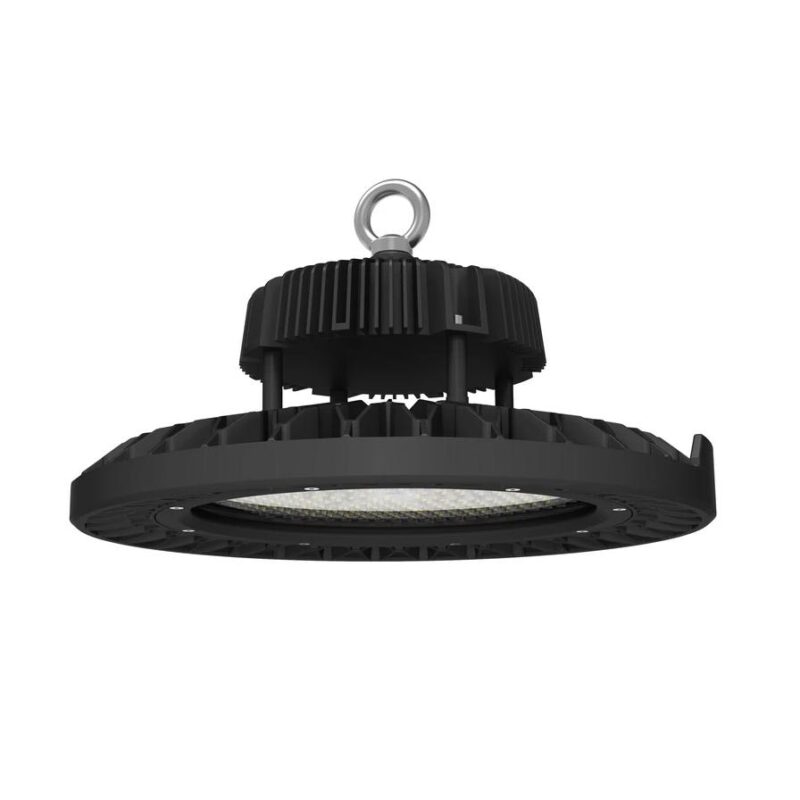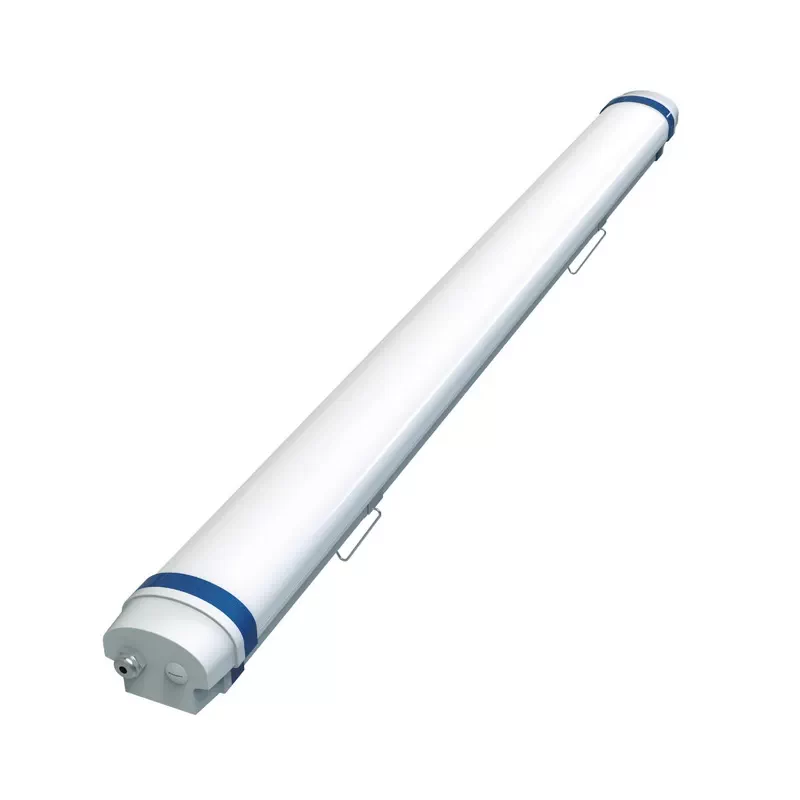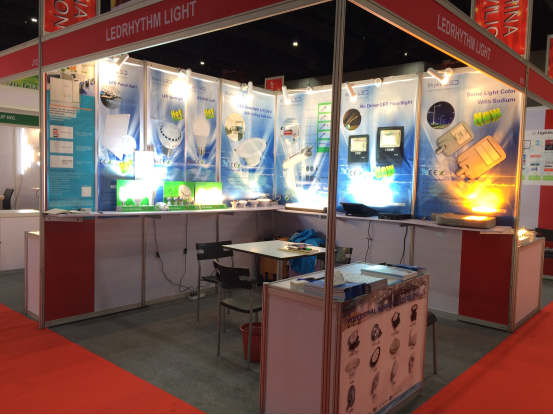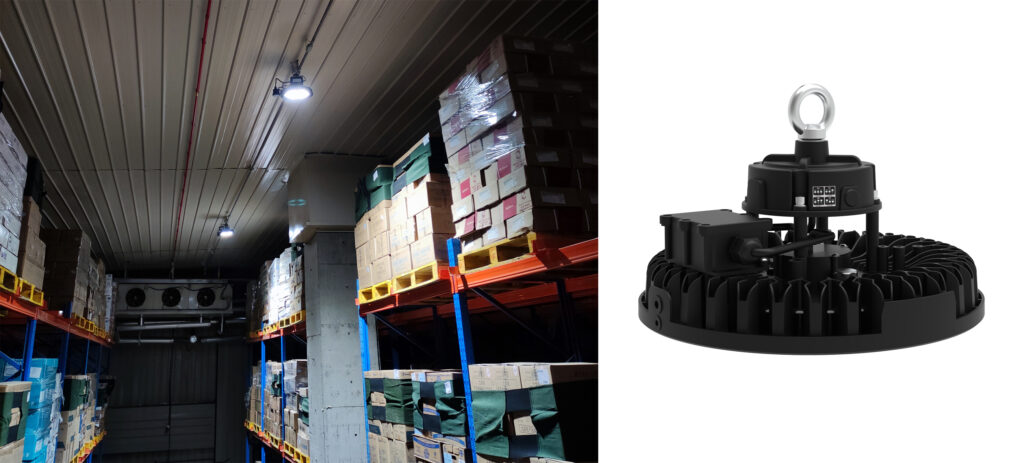الدليل الشامل لمصابيح الإضاءة: الأبيض الساطع مقابل ضوء النهار، والأبيض الدافئ مقابل الأبيض الناعم
جدول المحتويات
-
مقدمة
-
فهم المصابيح الكهربائية وأهميتها
-
لماذا يعتبر اختيار المصباح المناسب مهمًا في الصناعة والرياضة والتطبيقات التجارية
-
ما الذي يجب معرفته عن الوات والكلفنز
-
دور واتس في كفاءة المصباح الكهربائي
-
الفهم كيلفينز لاحتياجات الإضاءة المختلفة
-
أنواع المصابيح الكهربائية: تفصيل
-
مصابيح الأبيض الساطع مقابل مصابيح ضوء النهار
-
لمبات الأبيض الناعم مقابل لمبات الأبيض الدافئ
-
اختيار المناسب درجة حرارة لون المصباح الكهربائي للمساحة الخاصة بك
-
العوامل الرئيسية لاختيار أفضل لمبة إضاءة مناسبة
-
هل الأبيض الساطع أم ضوء النهار أكثر سطوعًا؟
-
الفرق بين أبيض ناعم و أبيض دافئ
-
ضوء النهار مقابل الأبيض الناعم: أيهما أفضل لبيئتك؟
-
الصناعة والرياضة والتطبيقات التجارية
-
كيف أبيض ناصع و ضوء النهار المصابيح تعزز المساحات الصناعية والتجارية
-
خيارات الإضاءة المثلى لـ الأماكن الرياضية: ضوء النهار مقابل الأبيض الساطع
-
تهيئة بيئات عمل مثالية مع أبيض ناعم و لمبات بيضاء دافئة
-
اختيار أفضل لمبة للتطبيقات المختلفة
-
أفضل المصابيح الكهربائية للإضاءة الدافئة
-
المقارنة الأبيض الناعم مقابل الأبيض الناصع للغرف المختلفة
-
أفضل مصابيح الإضاءة الناعمة لغرف النوم وغرف المعيشة والمكاتب
-
الخاتمة: الاختيار الصحيح لاحتياجات الإضاءة الخاصة بك
-
فهم احتياجاتك واختيار الأنسب لك المصباح الكهربائي
1. مقدمة: فهم المصابيح الكهربائية وأهميتها
يمكن أن يكون عالم الإضاءة مربكًا مع وجود جميع أنواع الإضاءة المختلفة المصابيح الكهربائية متوفرة. سواء كنت ترغب في إضاءة منزلك أو مكتبك أو مصنعك أو مكانك الرياضي، فإن اختيار النوع المناسب المصباح الكهربائي أمر مهم. فهو يساعد على خلق الجو المناسب.
أبيض ناصع و ضوء النهار للمصابيح استخدامات وإعدادات مختلفة. أبيض ناعم و أبيض دافئ يمكن للمصابيح أن تغير طابع الغرفة. سيساعدك هذا الدليل على التنقل بين هذه الخيارات.
لمعرفة المزيد من المعلومات حول كيفية تأثير الإضاءة على البيئات، راجع موقعنا مقالة عن الضوء المرئي.
2. ما يجب معرفته عن الواط والكلفن
قبل الغوص في الأنواع المختلفة من المصابيح الكهربائيةفمن الضروري فهم واتس و كيلفينز:
ما هي واتس؟
واتس تشير إلى الطاقة التي تستهلكها اللمبة. تستخدم المصابيح المتوهجة التقليدية الكثير من واط.
وعلى النقيض من ذلك، فإن لمبات LED تستخدم طاقة أقل. ومع ذلك فهي لا تزال توفر التجويف الإخراج. عند اختيار اللمبة المناسبة، من الضروري مراعاة ما يلي واط لضمان كفاءة الطاقة.
ما هي الكلفينات؟
كيلفينز قياس درجة حرارة اللون من الضوء المنبعث من المصباح. أعلى كيلفينز ينتج ضوءًا أكثر برودة وزرقة، مثل مصابيح الإضاءة النهارية. أقل كيلفينز إنشاء إضاءة أكثر دفئًا ونعومة، مثل أبيض ناعم المصابيح.
3. أنواع المصابيح الكهربائية: تفصيل
يُعدّ فهم الفرق بين خيارات اللمبات الأكثر شيوعًا أمرًا أساسيًا لاتخاذ القرار الصحيح:
مصابيح الأبيض الساطع مقابل مصابيح ضوء النهار
كلاهما أبيض ناصع و ضوء النهار غالباً ما يتم اختيار المصابيح لمظهرها الأبيض الناصع، ولكنها تخدم أغراضاً مختلفة. لمبات بيضاء ساطعة مثالية للمهام التي تتطلب الوضوح، مثل المطابخ أو المكاتب. مصابيح الإضاءة النهارية مصنوعة لتبدو مثل ضوء الشمس الطبيعي. إنها رائعة للأماكن التي تحتاج فيها إلى ضوء ساطع، مثل الورش أو المرائب.
بالنسبة لـ التطبيقات التجارية, مصابيح الإضاءة النهارية غالباً ما تُستخدم في أماكن مثل صالات العرض أو المستشفيات أو المكاتب الكبيرة. إذا كنت تريد معرفة المزيد عن كيفية اختيار الأفضل لمبات ضوء النهارقم بزيارة موقعنا صفحة المنتجات.
لمبات الأبيض الناعم مقابل لمبات الأبيض الدافئ
لمبات بيضاء ناعمة تنبعث منها إضاءة دافئة ذات لون أصفر، مما يجعلها مثالية لغرف المعيشة وغرف النوم التي ترغب في إضفاء جو مريح. دافئ wالمصابيح البيضاء توفر دفئاً مريحاً. إنها رائعة لخلق جو مريح في مناطق تناول الطعام أو الصالات. تعمل هذه المصابيح بشكل مثالي من أجل الملاعب الرياضية التي غالباً ما تحتاج إلى إضاءة أخف في مناطق المتفرجين.
ضوء النهار مقابل الأبيض الناعم
عند الاختيار بين ضوء النهار و أبيض ناعم المصابيح، فكر في المهمة التي بين يديك. ضوء النهار تعتبر المصابيح مثالية للعمل الدقيق أو في الأماكن التي تتطلب مستويات سطوع عالية، مثل المستودعات أو الاستوديوهات. أبيض ناعم مناسب أكثر للبيئات غير الرسمية ذات الإضاءة المنخفضة، مثل غرف النوم أو غرف المعيشة.
4. العوامل الرئيسية لاختيار أفضل مصباح إضاءة
هناك عدة عوامل يجب أخذها في الاعتبار عند اختيار أفضل لمبة إضاءة تناسب احتياجاتك:
-
هل الأبيض الساطع أم ضوء النهار أكثر سطوعًا؟
-
الفرق الرئيسي بين أبيض ناصع و ضوء النهار المصابيح هي السطوع. مصابيح الإضاءة النهارية عادةً ما يكون لديها تقييمات كلفن ويصدر ضوءًا أكثر سطوعًا، مما يجعله مثاليًا للعمل التفصيلي.
-
الفرق بين اللون الأبيض الناعم والأبيض الدافئ
-
يضفي كلا النوعين من المصابيح جواً دافئاً. أبيض ناعم المصابيح أكثر نعومة ورائعة للأماكن الحميمة. أبيض دافئ توفر المصابيح إضاءة أكثر سطوعاً، مما يجعلها مثالية للمساحات التجارية الكبيرة.
5. الصناعة والرياضة والتطبيقات التجارية
تلعب الإضاءة دوراً حيوياً في مختلف القطاعات:
Iالتطبيقات الصناعية
في صناعي الإعدادات، يجب أن تكون الإضاءة ساطعة وموثوقة. مصابيح الإضاءة النهارية هي الخيار المفضل في المستودعات والمصانع وخطوط الإنتاج. لمبات بيضاء ساطعة تُستخدم عادةً في المجالات التي تتطلب الدقة والتركيز.التطبيقات الرياضية
بالنسبة لـ الملاعب الرياضية، يجب أن تضمن الإضاءة رؤية واضحة دون التسبب في إجهاد العين. أبيض ناصع و مصابيح LED نهارية تُستخدم عادةً في الملاعب والساحات والملاعب نظراً لفعاليتها العالية في الإضاءة.التطبيقات التجارية
في المساحات التجارية مثل المكاتب ومتاجر البيع بالتجزئة وصالات العرض، تخلق الإضاءة الانطباع الأول. ضوء النهار الوضوح، في حين أن أبيض ناعم و أبيض دافئ تضفي المصابيح جواً أكثر ترحيباً.
للمزيد من المعلومات حول كيفية اختيار الإضاءة لـ المساحات التجاريةاستكشف لدينا صفحة المنتجات.
6. اختيار أفضل لمبة للتطبيقات المختلفة
عندما يتعلق الأمر باختيار أفضل لمبة تناسب احتياجاتك الخاصة، ضع في اعتبارك ما يلي:
أفضل المصابيح الكهربائية للإضاءة الدافئة
إذا كنت تبحث عن أجواء دافئة, أبيض ناعم و أبيض دافئ المصابيح مثالية. وهي مثالية لـ غرف النوم أو غرف المعيشة حيث ترغب في الاسترخاء والاستجمام
أفضل مصابيح إضاءة ناعمة لغرف النوم وغرف المعيشة والمكاتب
إن أفضل المصابيح الإضاءة الخافتة سيعتمد على نوع الجو الذي تحاول خلقه. أبيض ناعم تعمل المصابيح بشكل أفضل في غرف المعيشة وغرف النوم، بينما أبيض دافئ المصابيح مناسبة أكثر للمكاتب.
7. الخاتمة: اتخاذ الخيار الصحيح لاحتياجات الإضاءة الخاصة بك
ينطوي اختيار الإضاءة الصحيحة على فهم كيلفينز و واط من المصابيح، بالإضافة إلى النظر في تطبيقها. اختيار المناسب الضوء المصباح مهم لمساحتك.
للحصول على بيئة عالية الطاقة، ضع في اعتبارك ضوء النهار أو ضوء النهار الساطع أبيض. بالنسبة للإعدادات المريحة، يعمل اللون الأبيض الناعم أو الأبيض الدافئ بشكل أفضل. الـالمصباح الكهربائي تحسين الراحة والأداء الوظيفي بشكل كبير.
إذا كنت مستعداً لإجراء تغيير في الإضاءة الخاصة بك، توجه إلى صفحة المنتجات لاستكشاف المزيد من الخيارات لكل تطبيق.








